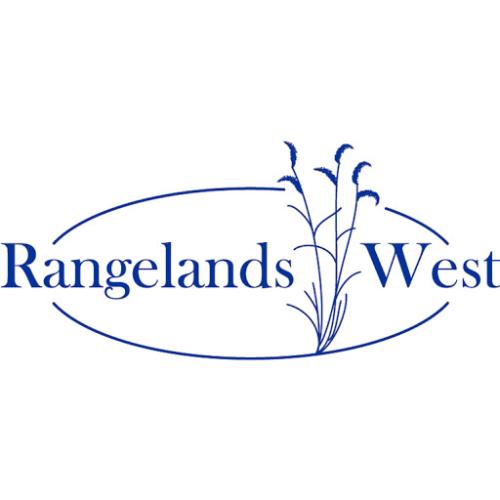The interactions among climate, ecosystems, and the welfare of human societies are becoming increasingly salient issues in research, development, and policy worldwide.  One component of our research on these linkages in East African drylands focuses on a shift in ecosystem structure and function that is taking place on communal rangelands in north central Kenya.  Over several decades of steadily increasing human and livestock densities, the abundance and forage quality of native grasses has declined dramatically.  And in some heavily degraded areas, a native succulent plant called Sansevieria intermedia is rapidly expanding to form dense stands.  Local pastoralists view the proliferation as a severe environment-livelihood challenge because livestock cannot easily access the forage growing inside Sansevieria patches, and dense patches even occlude paths, roads, and access to people’s homesteads.  Across much of Kenya’s  communal rangelands, the degradation is already severe, and the spread of Sansevieria even further threatens the essential foundation of pastoralists’ livelihoods (Figure 1).  We are conducting a suite of experiments to investigate how several different factors relate to the transition from abundant grass, to sparse grass, to Sansevieria dominance.

Articles, citations, reports, websites, and multimedia resources focused on rangeland ecology, management, restoration, and other issues on American rangelands.